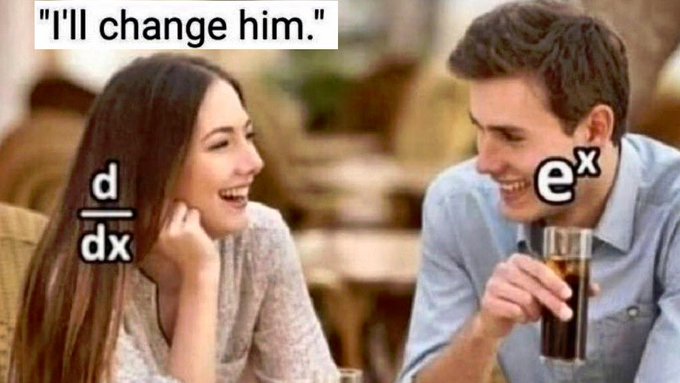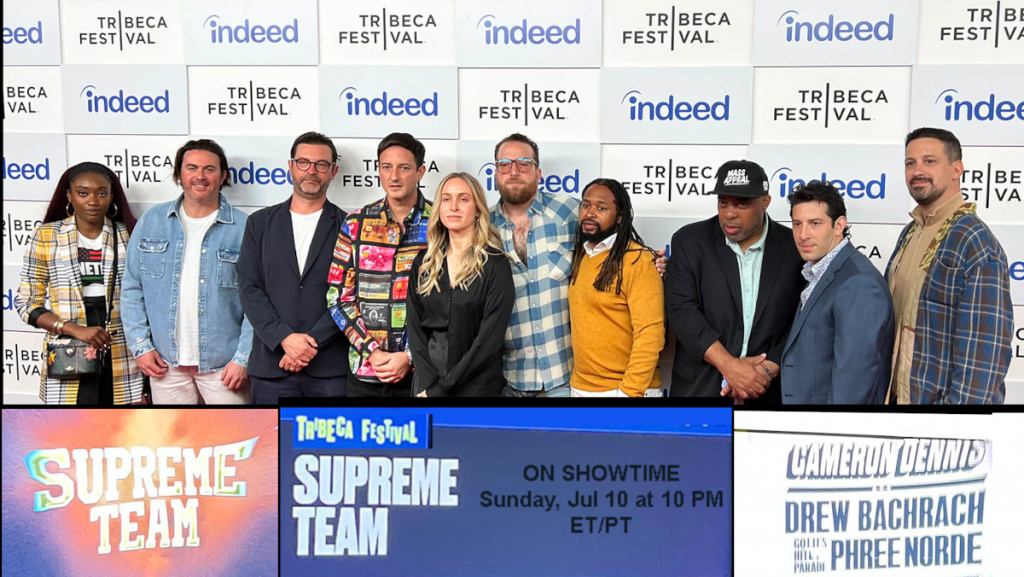https://fortmyers-fl.newsmemory.com?selDate=20220813&goTo=A01&artid=1
Category: Uncategorized
Recent Photos
Anina Greeting Cards for Sale
Anina and Ben’s Fiftieth Wedding Anniversary
We spent a week on Marco Island with family and friends.
Anina made a Shutter Fly book the pictures in that book can be found here.
Here is the cover picture we took at the bow of the Marco Island Princess.

Semiconductor Industry Subsidies
Congress has been deadlocked over providing a $52 Billion subsidy for the US semiconductor industry. Probably due to competing special pleadings of various lobby groups.
I recommend a different approach to ensuring the United States has the necessary facilities to make defense critical semiconductors. Generic subsidies to industries tend to miss the mark, and just become another form of crony capitalism.
The military procurement offices should put in MilSpecs that require certain components be built in the United States. The cost of meeting those specifications would then be included in cost quotations. If a company needs $10 Billion to build a plant to supply the requested item, then it would come from the Defense Department budget, rather than be hidden in a subsidy to the semiconductor industry. Companies in the US could use their ingenuity to satisfy the requirements, and thus provide lower costs.
Comparing Lee to Mona Lisa
Even a Mathematician Can Invent a Joke
Supreme Team at Tribeca Festival
Drew at Tribeca Film Festival
Drew was an editor and co-producer of a Showtime mini-series, Supreme Team, that debuted at the 2022 Tribeca Film Festival.
Everlasting Love – Improved
Can anybody sing these improved lyrics to Everlasting Love?
Our hearts don’t stray, healing hurt as they go.
Always staying near whenever you say so.
There is no fret, I always have your back.
Let’s never forget the love we share in fact.
Open up your eyes
Then you’ll realize
Here I stand with my
Everlasting love
Need you by my side
Girl, to be my bride
You’ll never be denied
Everlasting love
From the very start
Open up your heart
Be a lasting part
Of everlasting love
Where life’s river flows
No one really knows
‘Til someone’s there to show
The way to lasting love
Like the sun, it shines
Endlessly it shines
You always will be mine
It’s eternal love
When other loves are gone
Ours will be strong
We have our very own
Everlasting love
Open up your eyes
Then you’ll realize
Here I stand with my
Everlasting love
Need you by my side
Girl, to be my bride
You’ll never be denied
Everlasting love
From the very start
Open up your heart
Be a lasting part
Of everlasting love
The original version by Mac Gayden and Buzz Cason sung by Robert Knight
Probably my favorite version sung by Carl Carlton on Soul Train. Sorry, I still like disco.
There are several karaoke versions on youTube. I haven’t found one I like, but I didn’t look at all of them.









